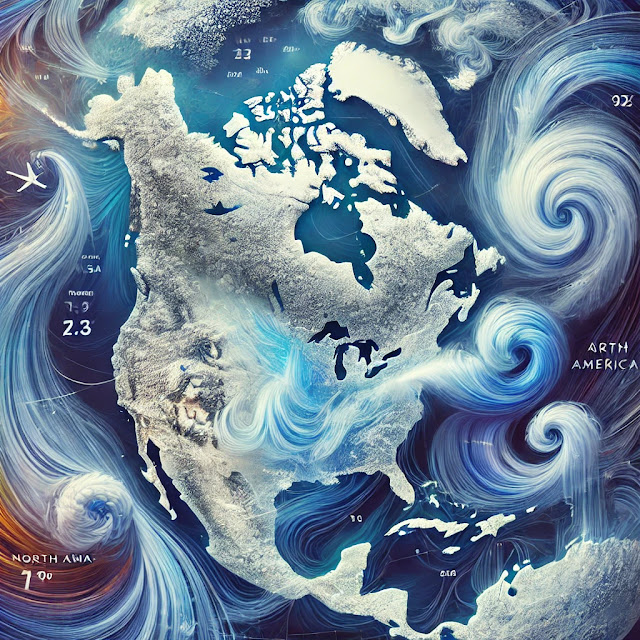The search for 9th planet - Pluto
The solar system is old, and we have little time here. So, few years back when astronomers started noticing some peculiar patterns in the Kuiper belt, this is the belt of small planets beyond Neptune we call them minor planets or Kuiper belt objects.
The Planetary dynamicist tuned into their shapes and their period ratios, and they stumbled onto a new idea that may help them discover a new planet in a distant solar system. Searching for a distant planet in the solar system is a story about human imagination and curiosity, and increasing intellectual and technological sophistication.
It's also about being human, about our curiosity about the universe, about seeking knowledge of our place in the cosmos. With more data of the long times cycles in the sky, humans developed a more sophisticated and conceptual model of the universe.
In time, with even more data and even more mathematics, a more precise model of universe came to be accepted. Then in the dawn of the 17th century. Galileo upset the elders with a new technology. He pointed a little telescope to the sky.
He discovered that not everything in the galaxy turns around earth. There are worlds turning around Jupiter. The sun was not perfect, it was blotchy. The moon bore mountains and valleys, like earth, and the evening star Venus ran phases right the moon.
The most famous search of planet 9 was that of Percival Lowell. He was convinced that the movements of Uranus and Neptune were sufficiently aberrant, that there was a large planet beyond Neptune, and he started a systematic search in 1906.
The sough for planet was found in 1930 and was named Pluto. Well, more than two decades of searching for this planet is truly story of persistence.
The size and the mass of the Pluto, however, took even longer to settle. Not until 1978, When its moon Charon was discovered and alas, then it became very clear that Pluto is smaller than our moon, than earth's moon, and hence only a distant cousin of this planet that Lowell was searching.
Well, the hard work of the following Pluto's movement over many decades revealed many surprises about this little planet.
Orbit
The shape of its orbit and it's ratio with Neptune's. Pluto's orbit is very elliptical and it overlaps Neptune's orbit. But these two never collide. These two planets are in a celestial partnership known as orbital resonance.
So Pluto makes two revolution around the sun, in the same time that Neptune makes three, and in such a way that they are never at the same place when Pluto is at perihelion.
This is the symmetric grand past that Pluto makes if you are on a carousel, rotating around the sun with Neptune's orbital period. Watch the symmetry of Pluto's orbit. This is it's resonance orbit.
So three dimensional geometry of Pluto's orbit is also really fascinating. There is actually a additional resonance, more subtle. Pluto reaches perihelion when it is farthest away from Neptune's orbit plane. So Pluto's orbit is tilted. It reaches perihelion when it's far up away from the plane of the solar system. Over time, it only wobbles slightly around this geometry.
So altogether, Pluto is in what's called the periodic orbit of the third kind, one of a class of orbits identified by the 19th century french mathematician Henry Poincare. Such orbits have a resonance period and a specific tilt to the planet.
The gravitational forces of the planets on each other have a special respect for these resonance patterns and we will run again with planet 9. These peculiarities of Pluto's orbit kept celestial mechanicians really busy for many decades.
How did Pluto get to be so peculiar planet?
A giant planet migration, that the giant planets Jupiter, Saturn, Uranus and Neptune formed in a very narrow annulus around the sun, and then later spread apart. Astronomers calculated that as Neptune slowly spiraled outward, an originally circular co-planar, Pluto, was shepherded into this resonance and transformed into this elliptical, tilted orbit.






Comments
Post a Comment